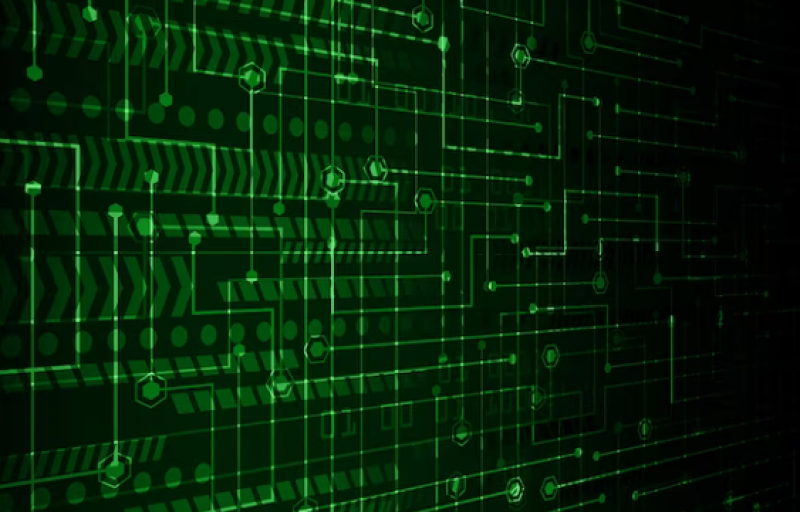
History of Cybersecurity
The concept of cybersecurity traces back to the early days of computing when the researchers realized the need to secure systems and data. The evolution goes in the following way:
1. The 1960s: Birth of Computer Security
- First Computer Virus: The concept of a "virus" in this sense was first put forward, but actual viruses like the Creeper virus appeared during the early 1970s. It was a harmless self-replicating program with a purpose of spreading to other systems across ARPANET and printing the message "I'm the Creeper: catch me if you can!"
- Passwords Introduction: Early systems like MIT's Compatible Time-Sharing System CTSS introduced passwords for access control.
2. The 1970s: Rise of Hacking and Early Threats
- **First Network Security Concerns**: The invention of ARPANET-a small network that predated the internet-raised concerns about the security of networking protocols.
- Ethical Hacking: "Hacker" was originally used to describe computer enthusiasts who investigated system weaknesses for no malicious purposes. However, unauthorized access became a concern.
3. The 1980s: Computer Viruses and Worms
- The Morris Worm (1988): One of the first critical internet worms was written by Robert Tappan Morris and infected around 10% of the internet. The worm was a wake-up call for better security.
- The Computer Fraud and Abuse Act (CFAA, 1986): The U.S. introduced laws that made unauthorized access to computers a criminal offense.
- Antivirus Software: Early antivirus programs appeared to combat viruses like Brain, the first IBM PC virus, which was write
4. The 1990s: The Internet Boom and New Threats
- Widespread Internet Adoption: As the internet grew in popularity, threats became wide-ranging, such as phishing, malware, and network attacks.
- Firewalls and Intrusion Detection Systems (IDS): Firewalls became the standard protection for networks; meanwhile, IDS tools helped find suspicious activity.
- Famous Hacks: High-profile attacks, such as that carried out on AOL in 1994 by a teenager under the alias "Phiber Optik," exposed big-service vulnerabilities.
5. 2000s: The Age of Advanced Cyber Threats
- Cybercrime Becomes Professional: Professionalization of cybercrime began to take shape as malware was built for financial purposes.
- Data Breaches: High-profile breaches, such as the 2005 credit card data theft at TJX Companies, exposed millions of records.
- Ransomware Emergence: The emergence of ransomware attacks that required users to pay money for data recovery.
- Security Frameworks: Adoption of standards by the industry began like **ISO/IEC 27001** on information security management.
6. 2010s: Nation-State Attacks and Advanced Persistent Threats (APTs)
- Nation-State Cyber Attacks: Governments started initiating cyber-attacks with aims of espionage and destruction-Ian, Stuxnet, a computer worm utilized in an attack against the nuclear facility of Iran in 2010.
- Data Privacy Regulations: Laws like the General Data Protection Regulation (GDPR) were passed for the EU to protect user data.
- Cloud Security Concerns: As more and more enterprises began shifting to cloud computing, new security measures were implemented with a view to securing the cloud environments.
7. 2020s: The Era of Ransomware and AI Threats
- Ransomware Epidemic: Suddenly, ransomware attacks began to hit critical infrastructure. For example, the 2021 Colonial Pipeline attack.
- Artificial Intelligence and Machine Learning: Both attackers and defenders started using AI to implement more sophisticated cyber operations.
- Zero Trust Security: A new security model based on the concept of never trust and always verify - even within a network - gained popularity.
We are sharing latest cybersecurity newses, keep your eyes on us to be safe and be aware of the daily threats.